Lectures
Each year, SfN's Program Committee invites leading scientists to give lectures on hot topics in neuroscience. Lectures will take place in a virtual environment on November 8-11. Lectures taking place during Neuroscience 2021 are listed below.
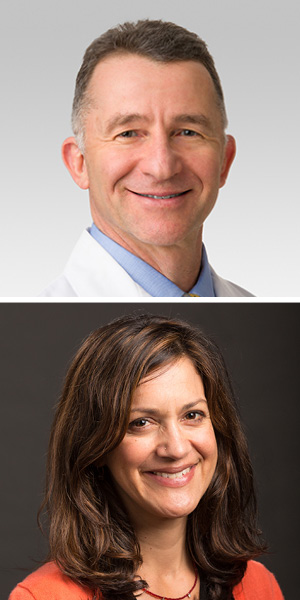
Presidential Special Panel — COVID and the Brain
Location: Virtual Only
Speaker(s): Igor J Koralnik, MD
Institution: Northwestern University
Speaker(s): Serena Spudich, MD, MA
Institution: Yale University School of Medicine
Though originally considered primarily a respiratory pathogen, many people infected with SARS-CoV-2 suffer from nervous system complications during acute infection. Moreover, neurologic and psychiatric symptoms may persist months after initial infection in COVID-19 “long haulers”. This session will summarize the state of knowledge of the mechanisms of nervous system involvement in acute COVID-19, as well as the epidemiology and nascent understanding of neurologic post-acute sequelae of SARS-CoV-2 infection (Neuro-PASC), affecting millions of people in the U.S.
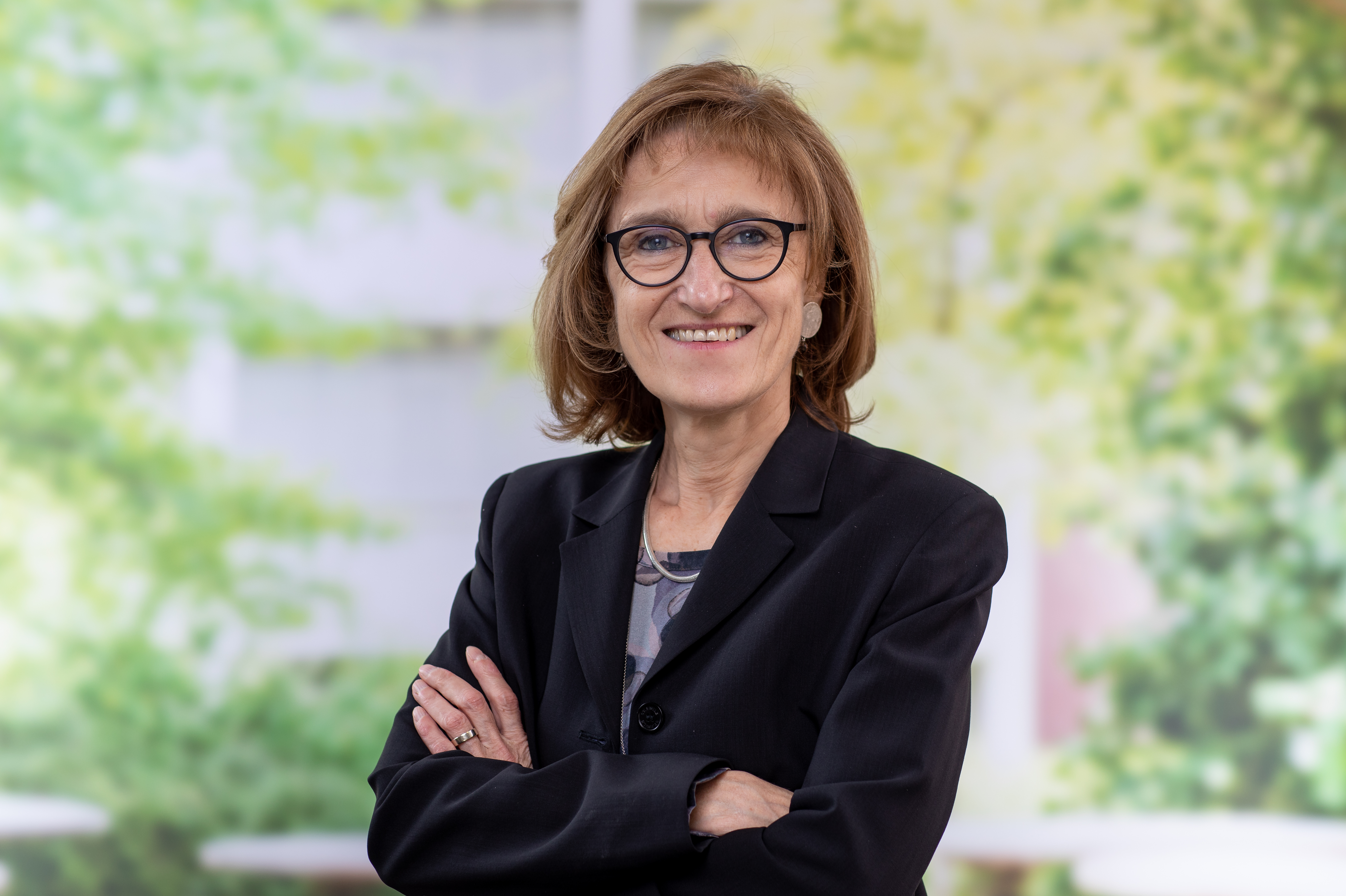
Special Lecture — Dentate Gyrus Circuits for Encoding, Retrieval, and Discrimination of Episodic Memories
Location: Virtual Only
Theme: Theme H – Cognition
Speaker(s): Marlene Bartos, PhD
Institution: University of Freiburg
The dentate gyrus (DG) plays a key role in hippocampal memory formation. Recent studies recorded and manipulated the activity of different DG neuron types during memory tasks and provided exciting new insights into the mechanisms of DG computational processes, particularly those underlying the encoding, retrieval, and discrimination of similar memories. In this lecture, DG-dependent mnemonic functions will be brought to light. The mechanistic links between cellular properties and the computations performed by the DG will also be discussed.
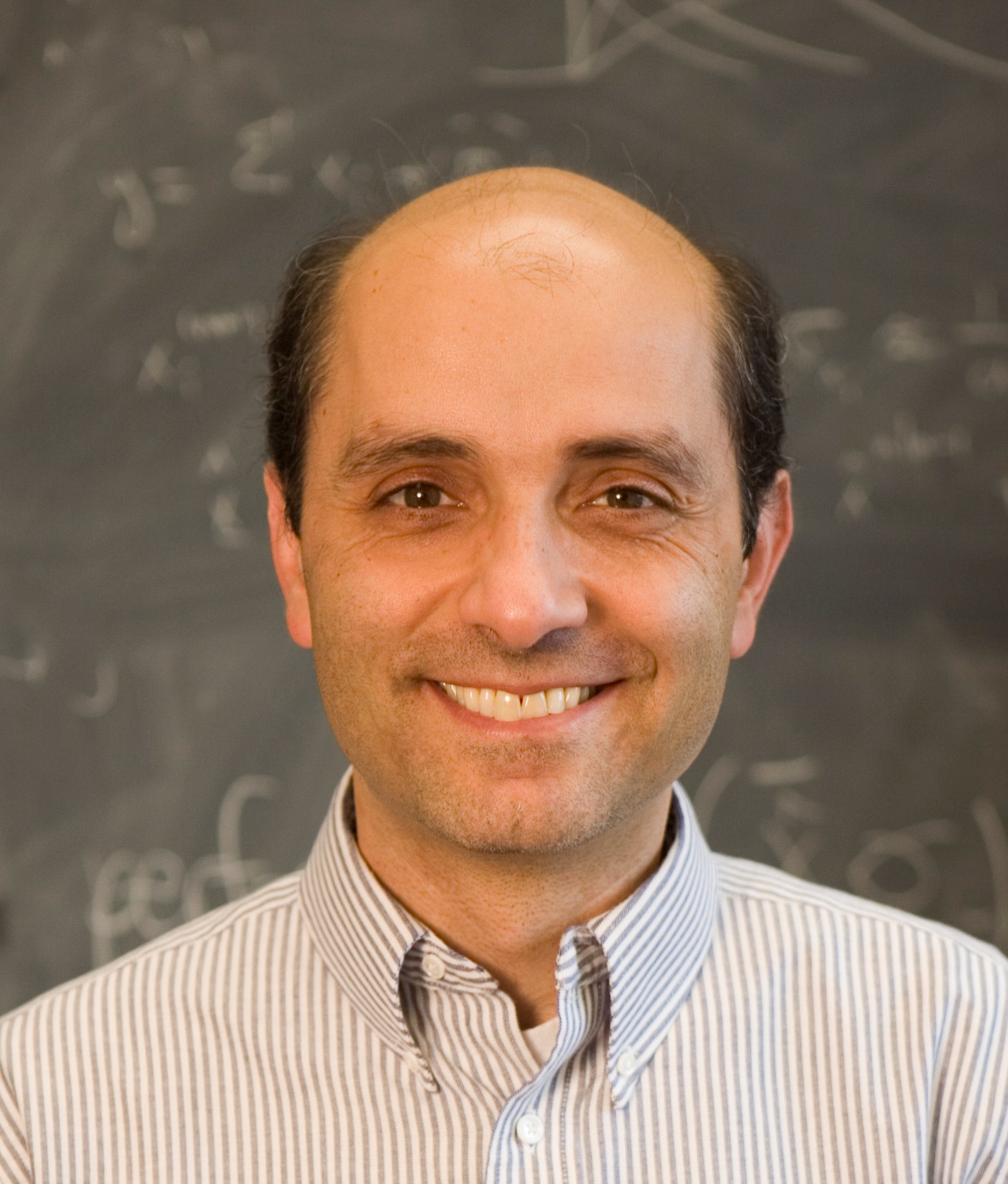
Special Lecture — Learning From Prediction Error
Location: Virtual Only
Theme: Theme E – Motor Systems
Speaker(s): Reza Shadmehr, PhD
Institution: Johns Hopkins University
Can artificial intelligence be a useful guide for how the brain learns? This lecture will examine the cerebellum, a major learning site in which neurons group into populations that learn from prediction errors. Unlike an artificial network, neuronal populations respond only to a specific region of the error space. Thus, the fundamental unit of learning is not a single neuron, but a population of neurons that share a single teacher. The result is a memory that exhibits remarkable features: multiple timescales and resistance to erasure.
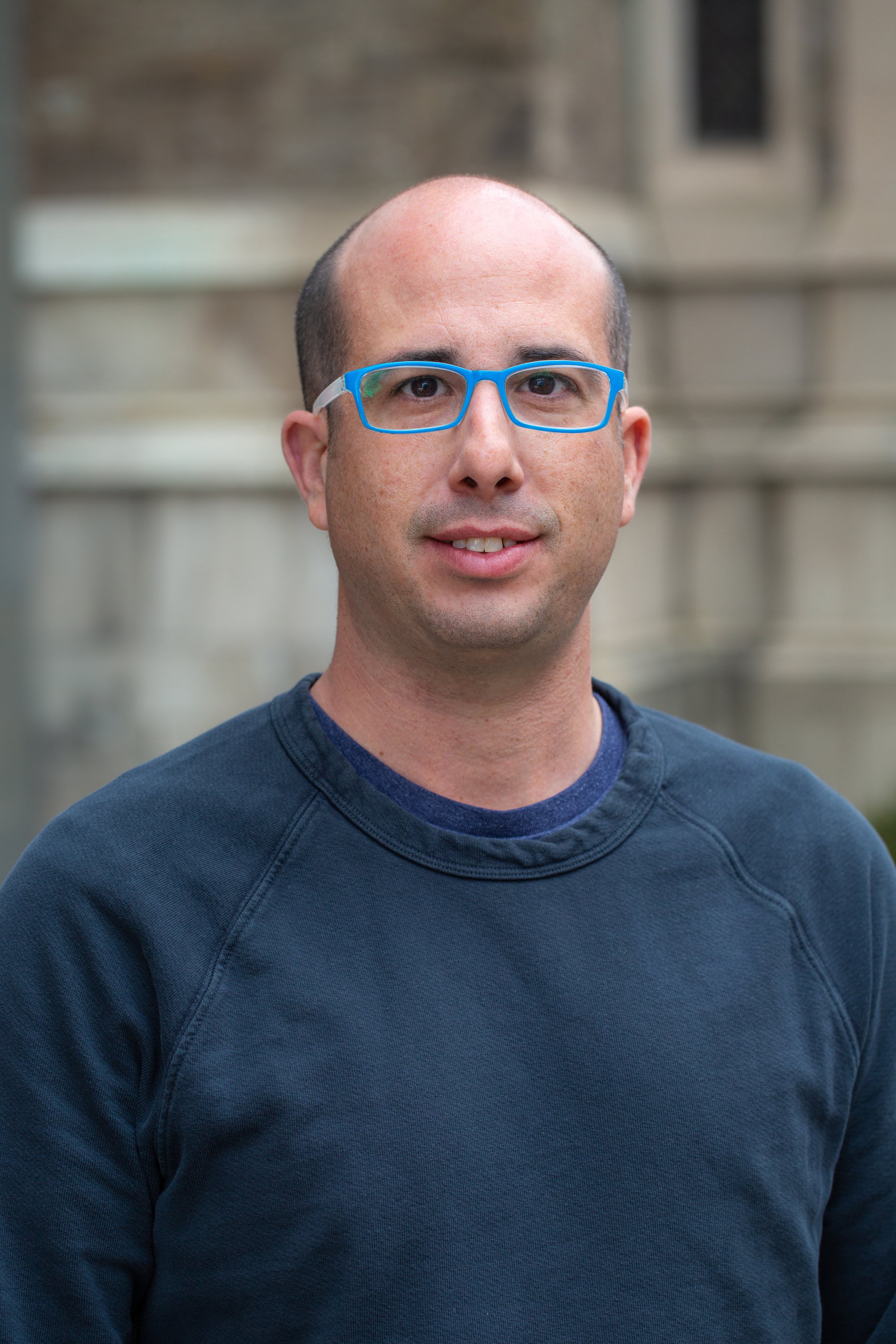
CLINICAL NEUROSCIENCE LECTURE— Expanding Mechanisms and Therapeutic Targets for Neurodegenerative Disease
Location: Virtual Only
Theme: Theme C – Neurodegenerative Disorders and Injury
Speaker(s): Aaron D. Gitler, PhD
Institution: Stanford University
This lecture will discuss our progress in using genetic screens in simple model organisms to define mechanisms of human neurodegenerative diseases, such as amyotrophic lateral sclerosis (ALS). In addition to teaching us about the cellular and molecular defects underpinning neurodegenerative disease, these screens have revealed novel human disease genes and new therapeutic targets.
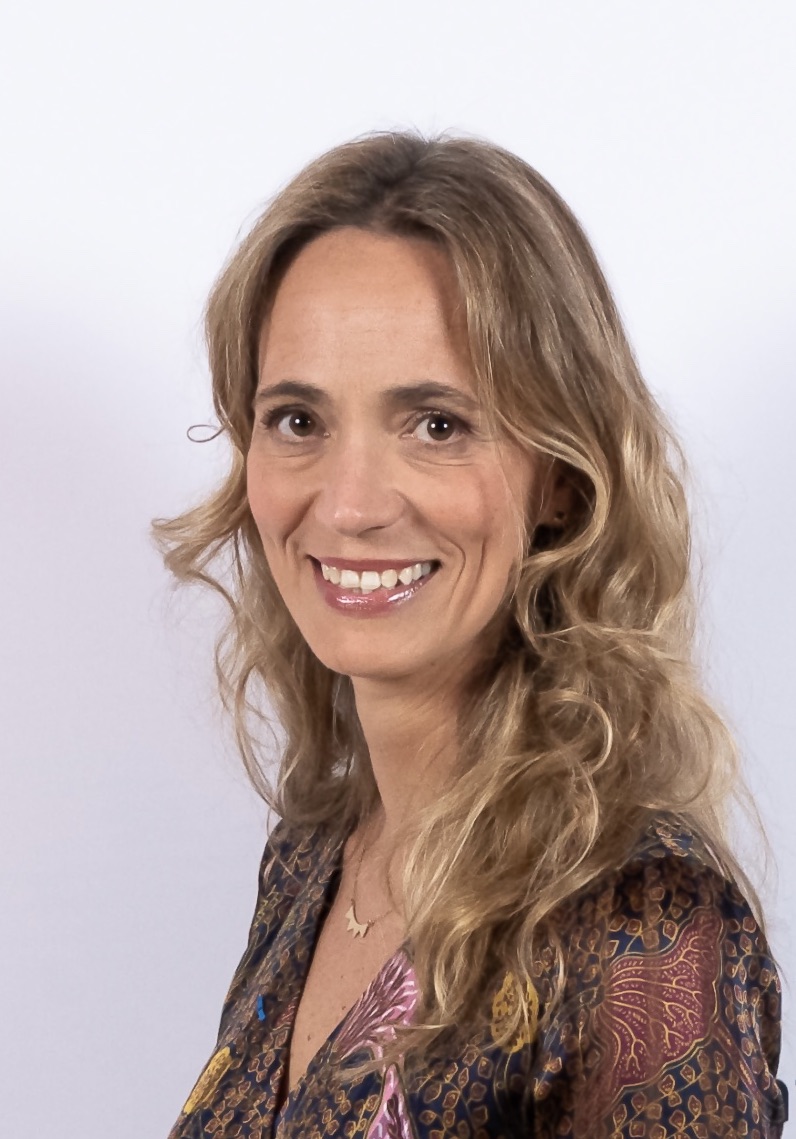
Special Lecture — The Assembly and Function of Hippocampal Circuits
Location: Virtual Only
Theme: Theme A – Development
Speaker(s): Rosa Cossart, PhD
Institution: INSERM U1249
Our memories are stored in the hippocampus. This lecture will aim at describing how and when the circuits used to store memories emerge during development. It will show how studying early development, from embryonic neurogenesis to perinatal neuronal maturation, provides an interesting framework to gain understanding of mature hippocampal function at the circuit level.

Presidential Special Lecture — Spinal Cord Gateways to Restore Neurological Functions
Location: Virtual Only
Speaker(s): Gregoire Courtine, PhD
Institution: Swiss Federal Institute of Technology Lausanne, University Hospital of Lausanne
A spinal cord injury disrupts the communication between the brain and spinal cord, leading to unrecoverable deficits in motor and autonomic functions. This lecture will discuss the mechanisms that enable electrical spinal cord stimulation to target the circuits controlling these functions. This understanding translated into targeted neuromodulation therapies that restore walking after paralysis and precisely controlled hemodynamics in people suffering from orthostatic hypotension.

David Kopf Neuroethics Lecture — The Law and Neuroprosthetics
Date & Time: Tuesday, November 9, 1:30–2:15 p.m.
Location: Virtual Only
Speaker(s): Jennifer A. Chandler, JD, LLM
Institution: University of Ottawa
Neuroprostheses replace or enhance motor, sensory and mental functions through interactions with the nervous system, raising novel ethical and legal issues. The use of adaptive systems and machine learning expand the range of possible applications while clouding questions of control, ownership and responsibility. This lecture will consider issues related to ownership; design defects; freedom to or from use; responsibility; privacy; and the use of neural data derived from neuroprostheses.
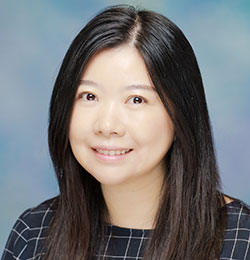
Special Lecture — Watching the Brain in Action — Creating Tools for Functional Analysis of Neural Circuitry
Location: Virtual Only
Theme: Theme I – Techniques
Speaker(s): Lin Tian, PhD
Institution: University of California, Davis
This lecture will focus on recent developments of genetically encoded indicators for neurotransmitters with an in-depth look at the design and screening of these sensors. Novel applications enabled by these optical probes will be discussed, as well as practical concerns in behaving animals. In combination with calcium/voltage imaging and optogenetics, the fast-growing sensor toolbox is well-poised to permit direct functional analysis of how chemical input signaling mediates the plasticity and function of brain circuits.
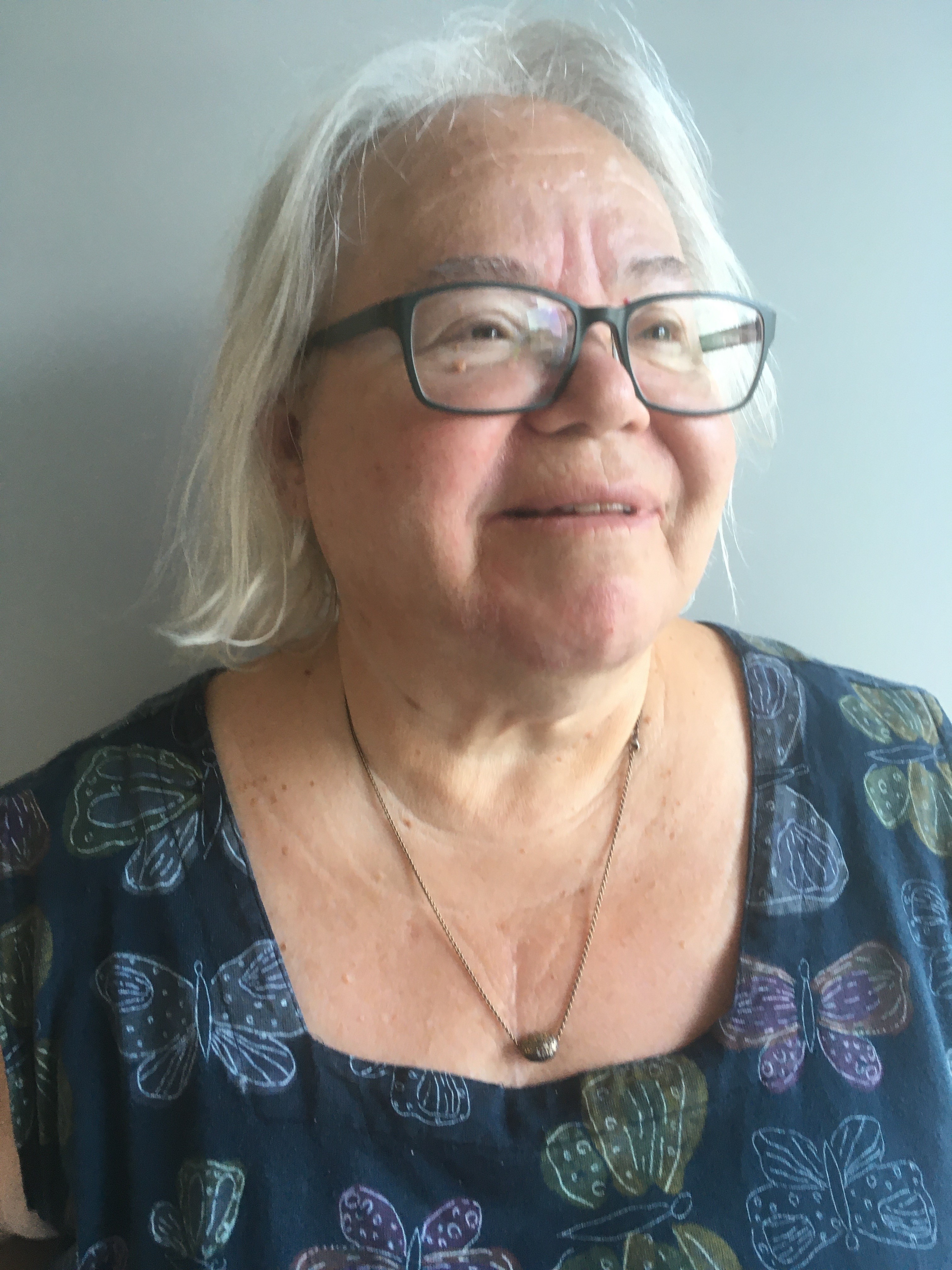
Albert and Ellen Grass Lecture — From the Neuroscience of Individual Variability to Climate Change
Date & Time: Tuesday, November 9, 2:30–3:15 p.m.
Location: Virtual Only
Speaker(s): Eve E Marder, PhD
Institution: Volen Center
Years of basic neuroscience research on the modulation of the small circuits found in the crustacean stomatogastric ganglion (STG) have led us to study the effects of temperature and other perturbations on the motor patterns produced by the STG. While the impetus for this work was the study of individual variability in the parameters determining intrinsic and synaptic conductances, we are confronting substantial fluctuations in the stability of the networks to extreme temperature; these may correlate with changes in ocean temperature. When studied under control conditions, these wild-caught animals appear to be unchanged, but it is only when challenged by extreme temperatures that we reveal the consequences of warming ocean temperatures.

Special Lecture — The Mysteries of Sleep — Toward the Molecular Substrate for "Sleepiness"
Location: Virtual Only
Theme: Theme F – Integrative Physiology and Behavior
Speaker(s): Masashi Yanagisawa, MD, PhD
Institution: University of Tsukuba
Sleep is a ubiquitous behavior in animal species with well-developed nervous systems. Despite the recent advances in understanding the executive neurocircuitry and neurochemistry for sleep/wake switching, the fundamental mechanism for homeostatic regulation of sleep, as well as the neural substrate for sleepiness (sleep need), remains mysterious. This lecture will discuss our exploratory approaches, including forward genetics in randomly mutagenized mice, for cracking open this uncharted black box.

Dialogues Between Neuroscience and Society — Life of a Neuron
Date & Time: Tuesday, November 9, 3:30–4:30 p.m.
Location: Virtual Only
Speaker(s): Sandro Kereselidze
Institution: ARTECHOUSE
The SfN-ARTECHOUSE collaboration Life of a Neuron exhibit is an innovative approach to exploring the great mystery that is the human brain. As the co-founder of ARTECHOUSE, Sandro’s experience with innovative, technology-driven storytelling acts as a bridge between art and science. This exhibit aims to immerse the audiences into the limitless possibilities of human creativity and imagination.

Presidential Special Lecture — From Development to Repair — How Growth Factors and Stem Cells Build the Brain
Location: Virtual Only
Speaker(s): Freda D. Miller, PhD
Institution: University of British Columbia
This lecture will focus on how neural stem cells build the mammalian brain and generate the right numbers and types of neurons and glial cells, and how this can go awry in response to genetic or environmental perturbations associated with neurodevelopmental disorders. This lecture will also describe how knowledge gained from these basic studies can lead to brain repair strategies based on harnessing endogenous neural precursor cells in the human brain.
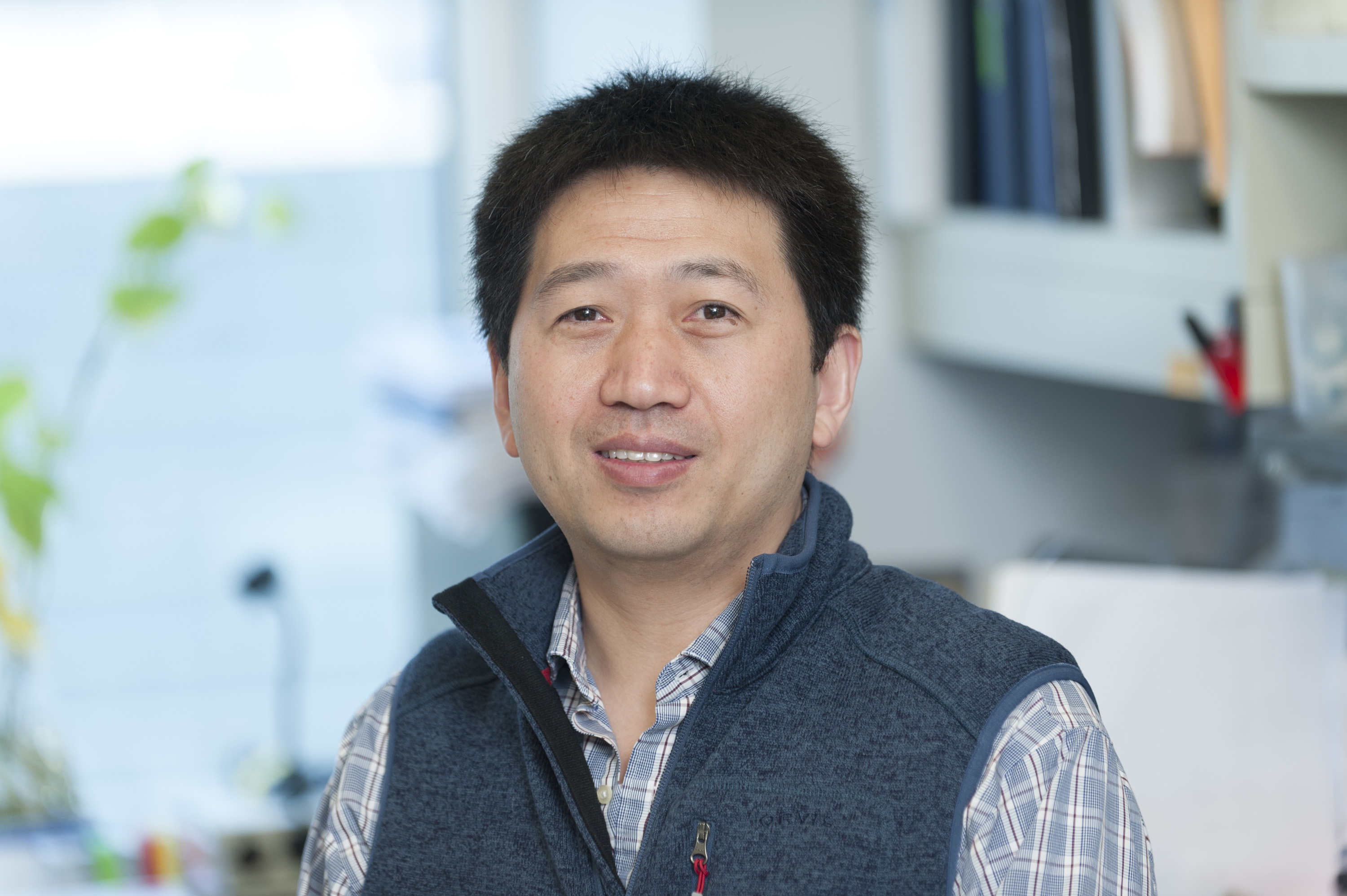
Special Lecture — Lineage-Dependent Assembly of the Neocortex
Location: Virtual Only
Theme: Theme A – Development
Speaker(s): Song-Hai Shi, PhD
Institution: Tsinghua University
The ability of the neocortex to command higher-order brain functions depends on the intricate circuitry comprised of a vast number of diverse neurons. The principles and mechanisms that control the assembly and operation of neocortical circuits remain poorly understood. This lecture will focus on the search for the common commodities of neocortical circuits at both the structural and functional levels, with the premise that developmental origin and lineage relationships guide the formation of neuronal ensembles for functional circuit assembly.
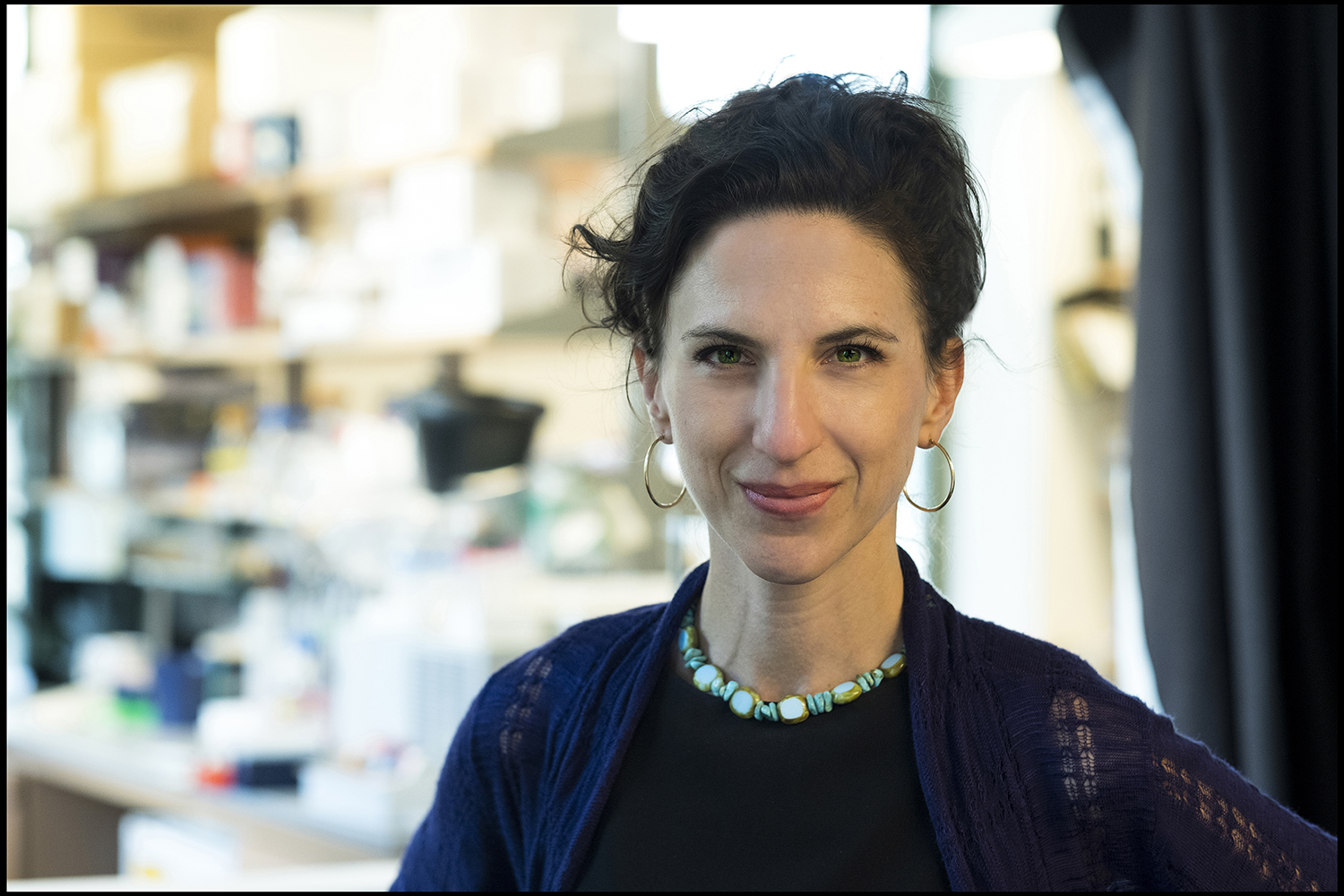
Special Lecture — Themes and Variations: Circuit Mechanisms of Behavioral Evolution
Location: Virtual Only
Theme: Theme D – Sensory Systems
Speaker(s): Vanessa Ruta, PhD
Institution: The Rockefeller University
Animals display enormous diversity in their behaviors, yet little is known about how nervous systems evolve to produce such variation. Recent advances have ushered in a new era in comparative neurobiology, making it possible to directly compare neural circuits in closely related species and glean insight into the origins and underpinnings of behavioral diversity. This lecture will describe how applying such a comparative approach to the study of courtship behaviors in different Drosophila species has revealed the types of circuit changes that can fuel behavioral evolution.

Special Lecture — Neuronal Mechanisms of Value-Based Decision-Making — A Brain-Machine Interface Approach
Location: Virtual Only
Theme: Theme H – Cognition
Speaker(s): Joni D. Wallis, PhD
Institution: University of California, Berkeley
Decision-making is an unobservable cognitive process, making it challenging to investigate the underlying neuronal mechanisms. This lecture will discuss how techniques borrowed from the brain-machine interface field, such as decoding population activity and closed-loop control, can be used to understand how cognitive processes such as decision-making are implemented at the neuronal level. This approach could also lead to the development of novel devices for the treatment of neuropsychiatric disorders that involve impaired decision-making.

Special Lecture — Proteins, Synapses, and Memory — Local Translation of mRNAs in Neurons
Location: Virtual Only
Theme: Theme B – Neural Excitability, Synapses, and Glia
Speaker(s): Erin M. Schuman, PhD
Institution: Max Planck Institute for Brain Research
An individual neuron in the brain possesses approximately 10,000 synapses, many of which are hundreds of microns away from the cell body and can process independent streams of information. During synaptic transmission and plasticity, remodeling of the local proteome occurs via the regulated synthesis and degradation of proteins. This lecture will describe recent studies aimed at understanding the unique features of neuronal mRNAs and the interesting mechanisms neurons exploit to supply and regulate synaptic proteins.
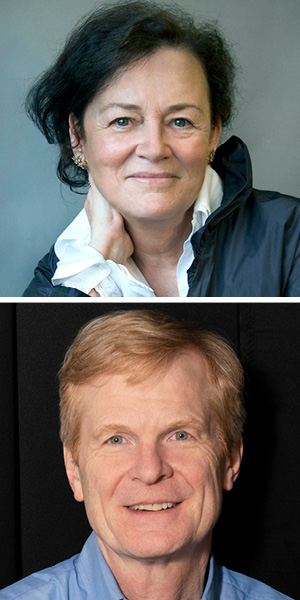
PETER AND PATRICIA GRUBER LECTURE: Neurogenetics: From Perception to Cognition - Christine Petit, Christopher A. Walsh
Date & Time: Wednesday, November 10, noon–1:30 p.m.
Location: Virtual Only
Speaker(s): Christine Petit, MD, PhD
Institution: Professor at Institut Pasteur, Founding Director of the Hearing Institute, Professor Emeritus at College de France
Speaker(s): Christopher A Walsh, MD, PhD
Institution: Harvard Medical School, Boston Children's Hospital, and the Howard Hughes Medical Institute
From the Genetics of Hearing Impairment to the Nascent Field of Auditory Therapy
Christine Petit, MD, PhD
Hearing Institute, Institut Pasteur, Inserm, Paris, France
By laying the groundwork for deciphering the cellular and molecular mechanisms of hearing, the identification of the genes responsible for deafness has conferred a molecular dimension on this sensory system, particularly for the cochlea. Proof-of-concept has now been obtained for the treatment of several forms of deafness in mouse models, paving the way for clinical trials of cochlear gene therapy. The results obtained and the pros and cons of each of the strategies used will be discussed, together with the challenges that lie ahead at both the peripheral and central levels.
Supported by FPA IDA05/Fondation pour l’Audition
Genetic Architecture of the Human Cerebral Cortex
Christopher A. Walsh, MD, PhD
Harvard Medical School, Boston Children's Hospital, and the Howard Hughes Medical Institute
Technical advances in gene mapping and sequencing allow study of the human cerebral cortex in ways inconceivable a few years ago. Humans show mutations in essentially every gene that constructs our brain, enlightening developmental mechanisms and how evolution played on our genome to sculpt the unique human brain. High throughput sequencing shows that every neuron in our brain has a unique genome, with somatic mutations indelibly marking its developmental origin and even its life history.
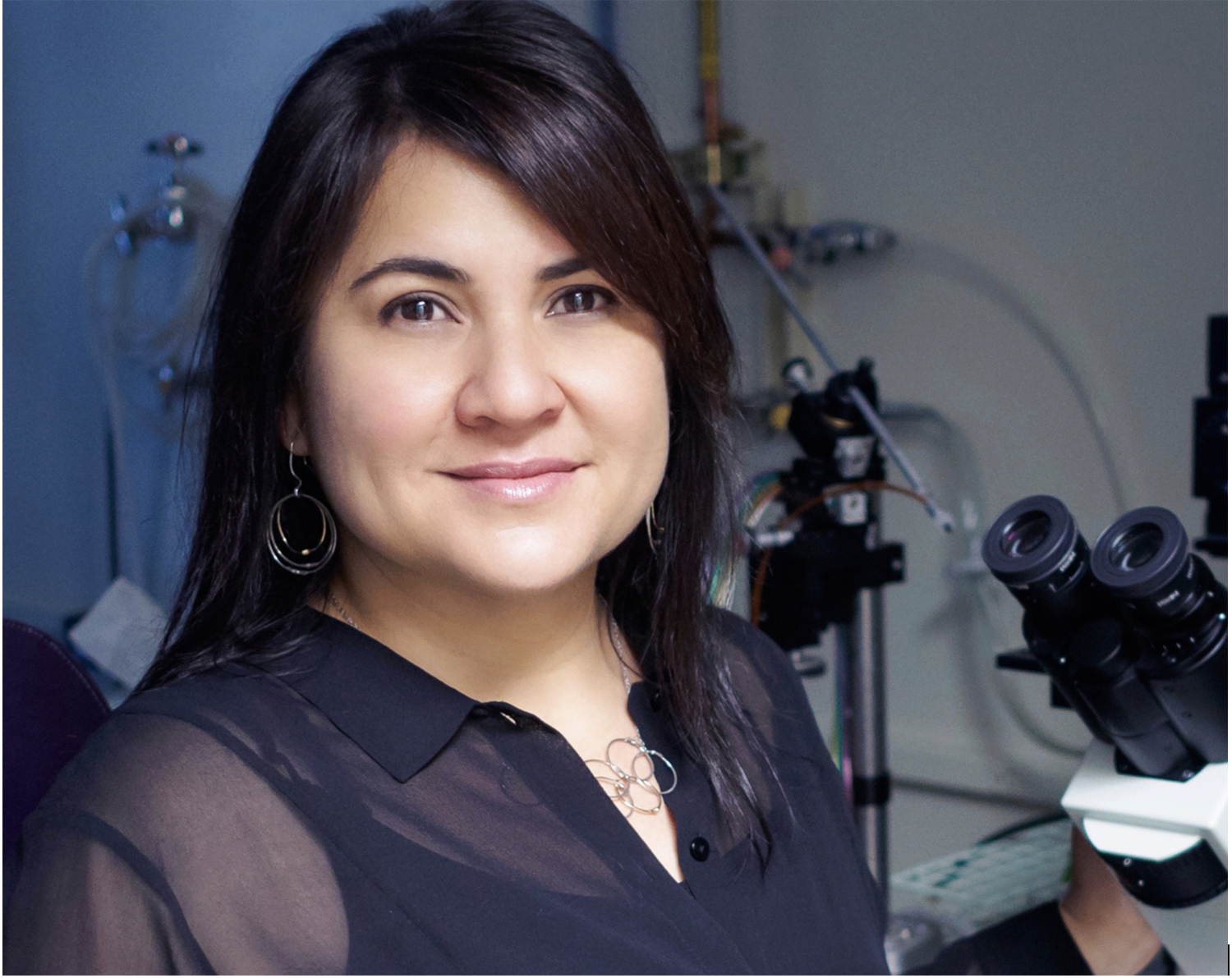
Special Lecture — Itchy and Scratchy — Molecular and Cellular Mechanisms of Acute and Chronic Itch
Location: Virtual Only
Theme: Theme D – Sensory Systems
Speaker(s): Diana M. Bautista, PhD
Institution: University of California, Berkeley
Itch is defined as an unpleasant sensation that evokes a desire to scratch. In contrast to acute itch that is transient and protective, chronic itch is a persistent, debilitating condition for which there are few treatment options. This lecture will discuss studies aimed at understanding the neural mechanisms that mediate acute itch and chronic itch associated with skin, systemic and neurological disorders.

Special Lecture — Stress Contagion, Shadows, and Synaptic Imprinting
Location: Virtual Only
Theme: Theme F – Integrative Physiology and Behavior
Speaker(s): Jaideep S. Bains, PhD
Institution: University of Calgary
The ability of organisms to respond, cope, and adapt to stress is critical for survival. This lecture will focus on the canonical controllers of the endocrine response to stress, the hypothalamic corticotropin-releasing hormone (CRH) neurons. It will show how these cells are critical for gating innate defensive behaviors and transmitting stress to others. It will also provide insights into the mechanisms that allow for the opening of distinct temporal plasticity windows at synapses between CRH neurons after stress.
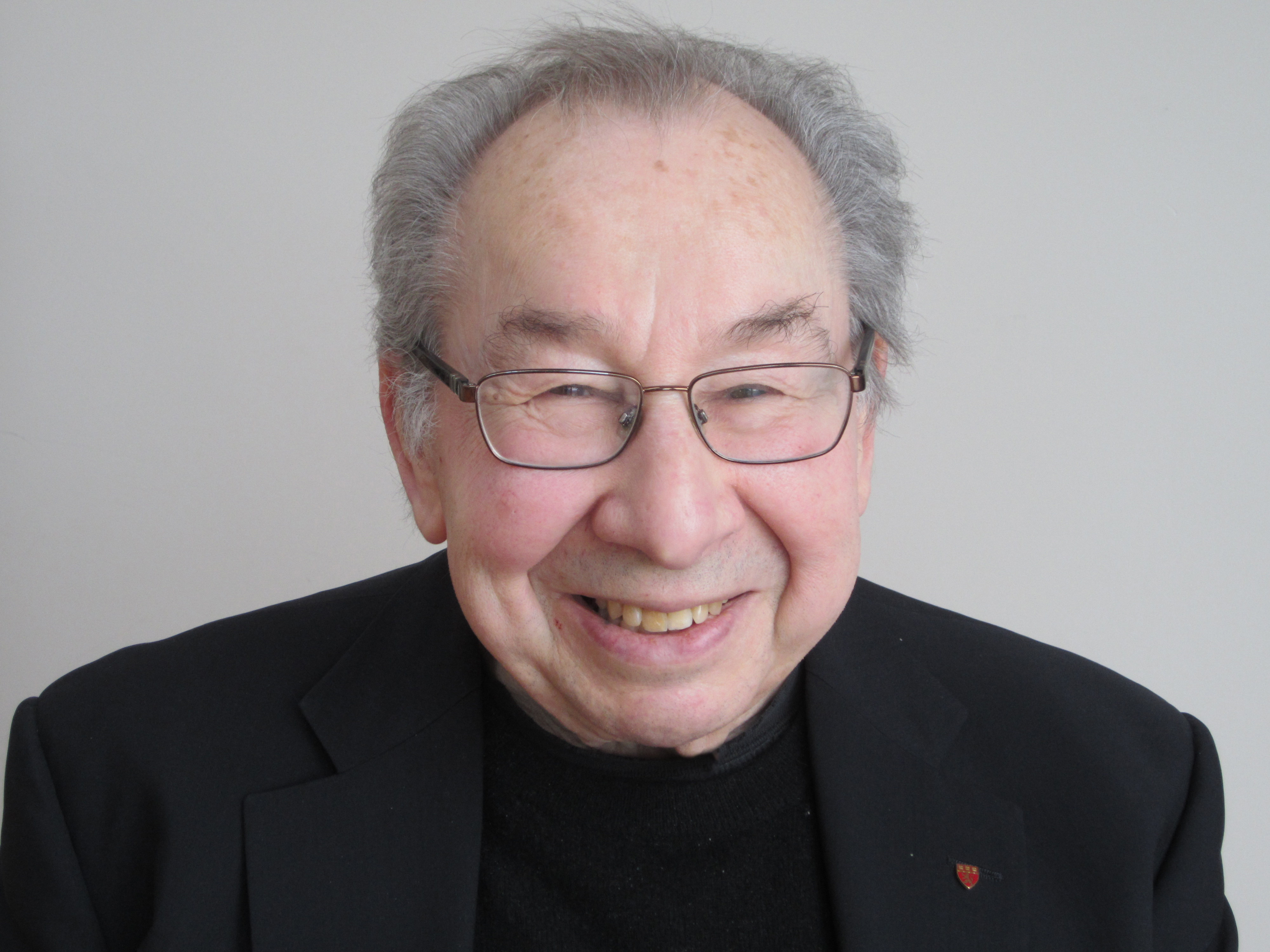
History of Neuroscience — A New Department, a New Transmitter Compound, a War and a Movement — The 1960s to the Present of a Neurobiology Career
Location: Virtual Only
Speaker(s): Edward A. Kravitz, PhD
Institution: Harvard Medical School
No field called neuroscience existed in 1960. Only two substances, acetylcholine and norepinephrine, were accepted as neurotransmitters, and only overseas — in the U.S., prominent investigators believed that communication between nerve cells and targets was entirely electrical. Two international conferences concluded that GABA was not a transmitter compound, while a devastating war and a civil rights movement were disrupting American society. This lecture will describe the studies that completed the evidence required to demonstrate that GABA was a transmitter compound and discuss our responsibility as scientists in great societal events that divide the nation.
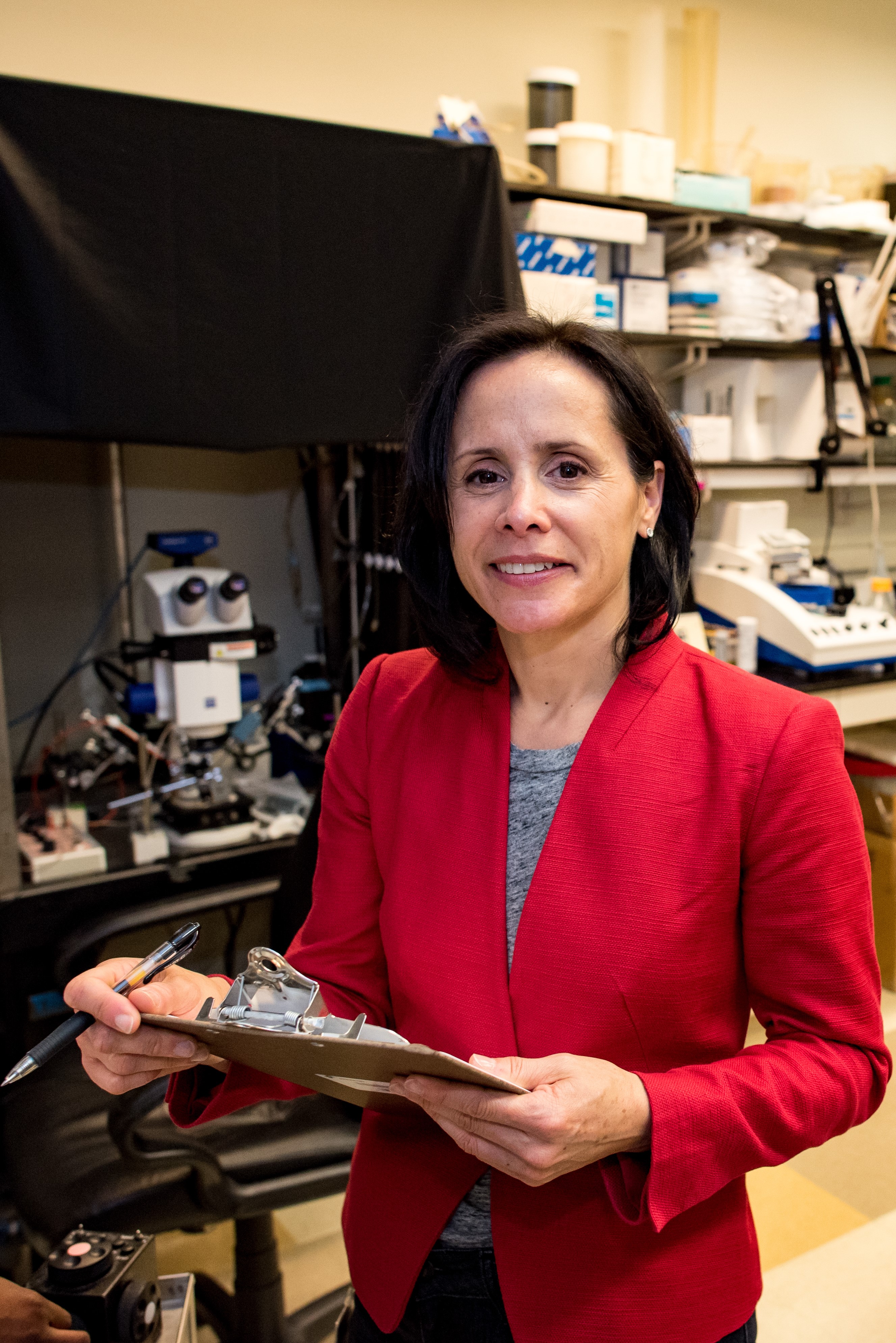
Special Lecture — Brain Mechanisms Underlying the Vulnerability for Compulsive Drug Use
Location: Virtual Only
Theme: Theme G – Motivation and Emotion
Speaker(s): Veronica A. Alvarez, PhD
Institution: National Institute on Alcohol Abuse and Alcoholism
Substance use disorder (SUD) is characterized by heavy drug use despite harmful consequences. A key feature is that only a fraction of those exposed to addictive substances develops SUD. The individual variability seen in patients is also replicated in rodents. Our research investigates the factors and synaptic mechanisms that contribute to SUD vulnerability. We found that unbalance in the activation of dopamine D1 and D2 receptors in basal ganglia is a mechanism that contributes to vulnerability by promoting anatomical and functional alterations that enhance drug reward and reinforcement.
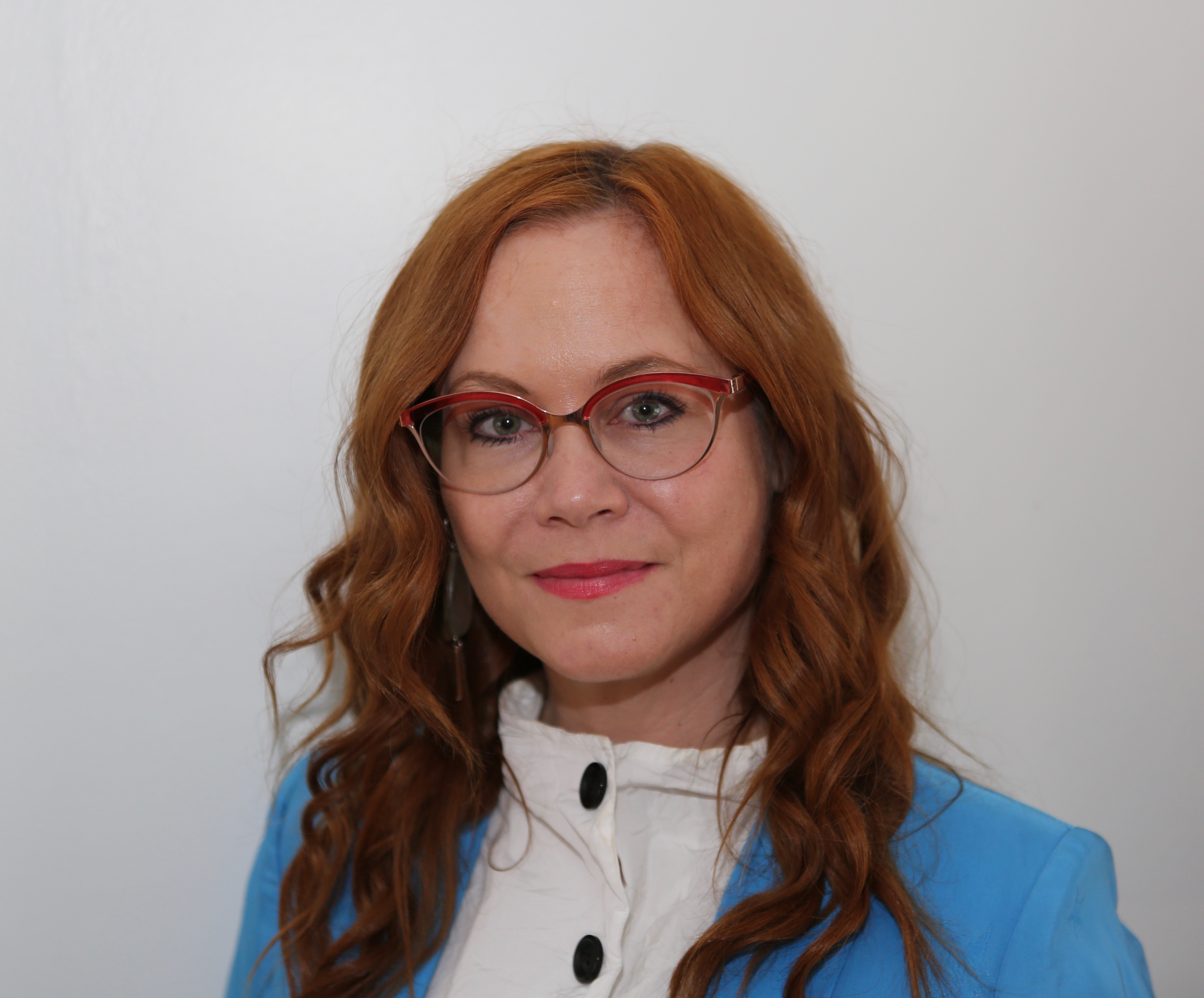
Presidential Special Lecture — Integration of Mind and Metabolism
Location: Virtual Only
Speaker(s): Dana M. Small, PhD
Institution: Yale University
Current and traditional models of ingestive behavior implicate the consciously perceived hedonic qualities of food as driving overeating, whereas subliminal signals arising from the gut serve to curb our uncontrolled desire for calories. This lecture will present recent evidence suggesting that the inverse is true. More specifically, evidence from human and animal models will be presented demonstrating that it is the subliminal metabolic signals that ascend to the brain to regulate not only food reinforcement, but also perception and higher order cognitive functions.

















